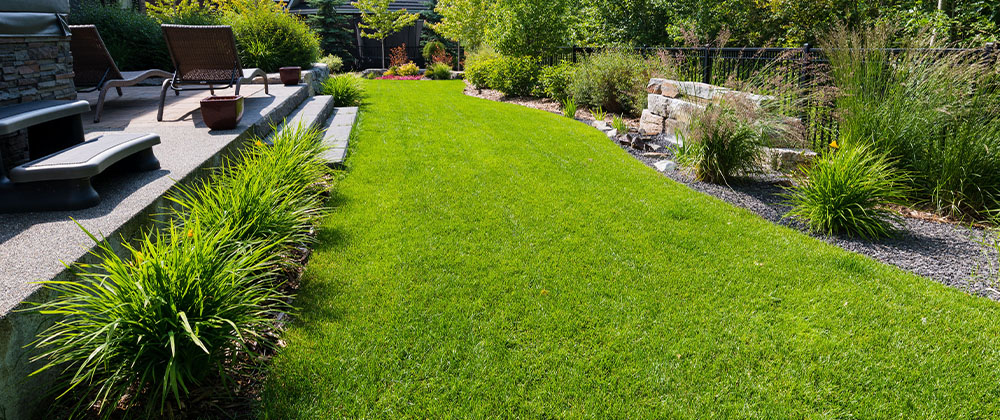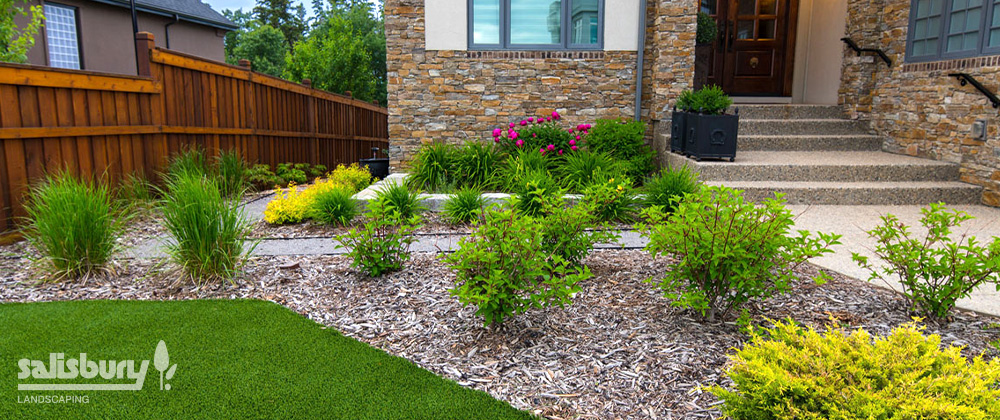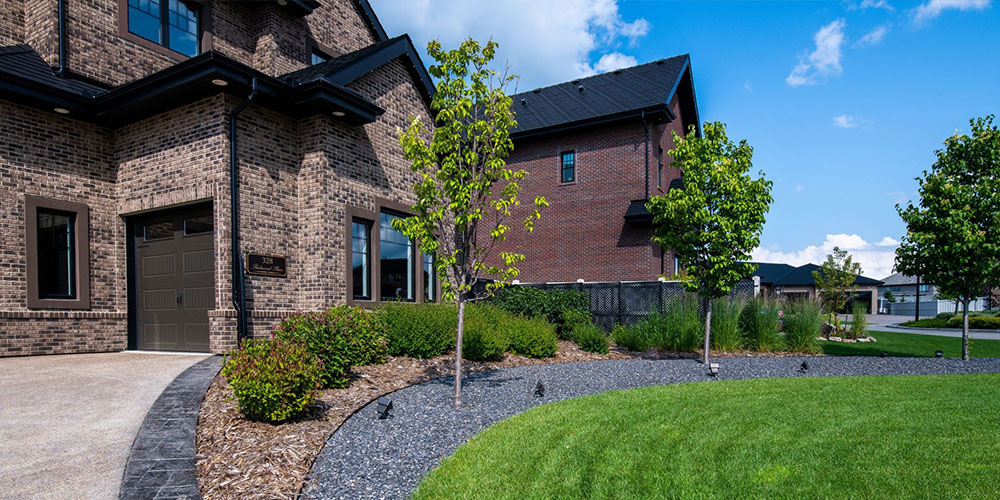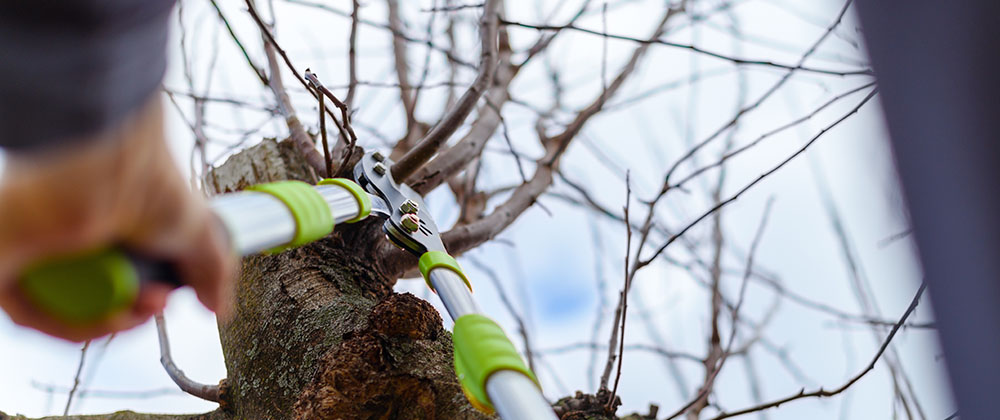Spring is nearly upon us—are you seeing your lawn yet? While right now we’re just happy to watch our snow melt away, it won’t be long before it’s time to lace up our boots and whip our grass into shape for the season. Here are some spring lawn care tips to get your Edmonton landscape summer-ready!
1. Let it Dry
We’re starting to get into longer stretches of weather in the positives, which is always a great feeling at this time of year. While the lawn may be coming into view, avoid the temptation to go on it as soon as the snow melts. For several more weeks, your front lawn will either be too frozen or too wet to handle being worked on. Particularly when the soil is wet and spongy, walking on it can cause serious compaction problems that will plague you long after spring has passed. Wait until the lawn feels reasonably dry before you start stepping on the grass!


2. Dethatch
Once the lawn is dry enough to be maintained, you can start with a good dethatching. The thatch, or the layer of dead grass between the soil and the new growth, is important for protecting the roots, but it should be maintained at about a centimetre in thickness. Too much thatch prevents the exchange of oxygen and water between the soil and the air above it, leading to disease or infestation. Use a hard rake to give it a good comb-through, but don’t rake so hard that you’re pulling up soil. Consider it your workout for the week!
Giving your lawn a great start in spring will save you a lot of headaches later in the season.
3. Aerate, If You Haven’t Yet
The ideal time to aerate your lawn in Edmonton is actually in the fall, but mid-spring will do if you didn’t get around to it last year. Aeration is a literal “breath of fresh air” for your lawn, creating pockets that draw oxygen and airflow into the top layers of the soil. This is excellent for reducing compaction, allowing water and fertilizer to sink in deeper, and supporting healthy root growth.
4. Overseed & Top Dress
Your best protection against lawn weeds is a full, thick lawn. Overseeding generously with an appropriate grass seed (make sure the seed you select is suited to the area you’re seeding) helps to build up that plush look we all love. Cover the layer of seed with a thin layer of quality top-dressing soil, rake gently to incorporate, and keep the area moist until you notice substantial growth throughout the area.


5. Patch It Up
For a variety of reasons, you might find that some patches of your lawn are looking a little worse for wear. These areas may need a little extra TLC. Be a little generous with your overseeding in these areas and add plenty of soil to help the area grow lush again. Make sure overseeded areas don’t dry out; keep them well-watered for a few weeks until the area is showing lots of new growth. If the area is still sparse, you can repeat the overseeding process.
6. Timing is Everything
All spring lawn care tactics work best when timed correctly. Be aware of your environment to gauge whether your yard is ready for each step of this checklist. For example, pouring cold water into cold soil will only delay new growth; avoid overseeding and watering until the ground is completely thawed and daytime temperatures are consistently around 10˚C.


If quackgrass or other tough weeds are a problem for you, you may want to try a pre-emergent herbicide, which prevents weed seeds from germinating. The window to apply products like this is very tight; it must go on after your grass seed has begun growing, and before weed seeds have begun to wake up. The best way to time this is to apply the product right when the early spring shrubs start blooming and the trees start budding out. This is a natural indicator that temperatures are in the right range.
Giving your lawn a great start in spring will save you a lot of headaches later in the season! A thick, healthy lawn is less prone to weeds, looks more uniform, and is more manageable throughout the year. If your lawn is in distress and these spring care tips just aren’t enough to bring it back, get in touch!




